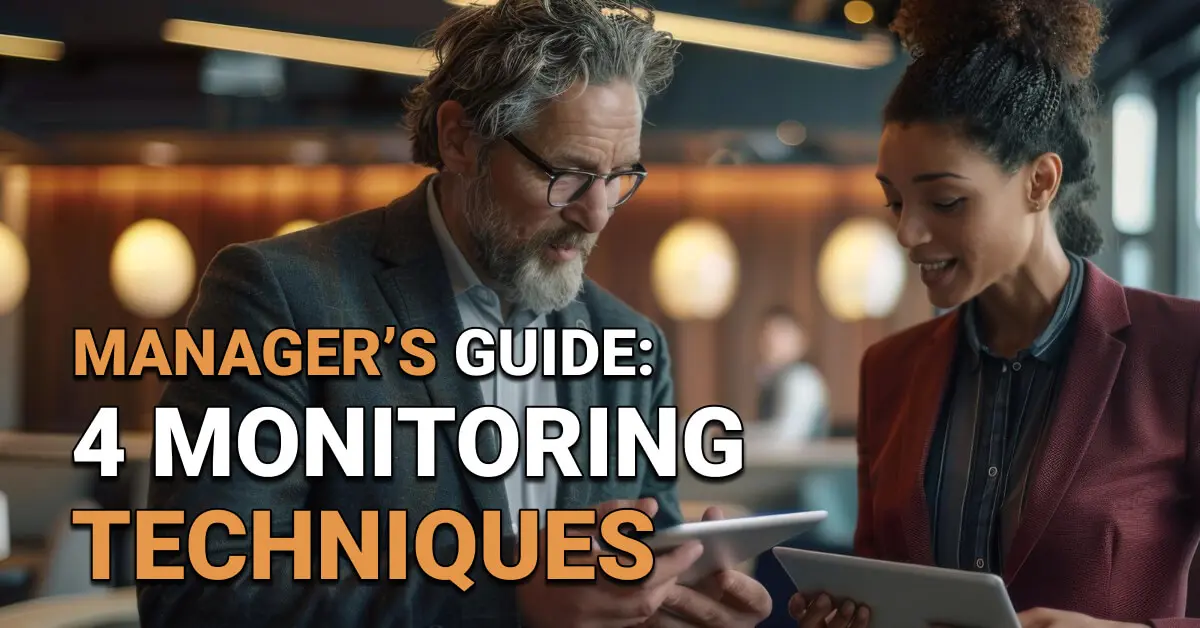A lot of companies have installed surveillance systems in their premises which help them in keeping track of the movements of their employees. However, a lot of companies do not have any formal surveillance system installed and hence need to improvise. In this article we will see four ways by which employers can keep an eye on their employees.
Table of Contents
Toggle1. Employee Monitoring Software
This software tracks an employee’s computer activity during their working hours and logs their usage of computers and the duration for which they have used it. In fact, if you are running a business of any size then you can use this software to monitor your employees while they are on the job. The software not only monitors but also records all keystrokes, emails, websites visited, and even screenshots of what your employees are doing with their computers.
The software tracks the following:
- The duration for which your employees have been using their computers.
- The number of applications opened by them.
- The kind of applications opened and for how long
- What was typed in text boxes.
- How many times they press Enter
- How many new documents were opened
All this information is then compiled and presented in a report that you can review at your convenience. Monitoring software is especially popular in industries that have concerns about security, such as banking and healthcare. But even employers in less-regulated industries are seeing employee monitoring as a benefit.
2. Hardware-Based Monitoring
If you have an employee who is spending too much time on Facebook or surfing the internet during work hours, then a hardware-based monitoring solution might be the best choice for you. A hardware-based monitoring solution will typically consist of a small piece of hardware installed somewhere in the building, such as near the employee’s workstation, which monitors what they are doing and sends an alert to you via SMS or email if they are engaging in an undesirable activity.
Hardware-based monitoring is when the IT department installs spyware on the employees’ computers. The spyware works by capturing screenshots of the websites visited and store this information on the company’s server. The information captured will also include login IDs, user names, passwords, and keystrokes. The problem with this technique is that it requires a large investment in time and money to set up; it is also very expensive to maintain. This makes it impractical for small firms or companies that have only a few employees.
3. Cell Phone Monitoring
Cell phone monitoring software can be installed on company-owned phones and employees’ own phones. These programs allow employers to monitor text messages and emails sent and received by employees. They can also monitor which websites employees visit while they are not at work, which is helpful if they are accessing confidential information. Mobile phone monitoring software will also keep track of phone calls made and received by employees on a daily basis as well as any photographs taken with the device. Workpuls believes that monitoring software makes tracking workers much easier and more accessible for employers. All that is required is switching on the GPS feature before the employee leaves for work and then the software program will keep track of an employee’s location. The employer will be able to see exactly where an employee has been during their work hours. . This way, if an employee claims to have been somewhere else than where his or her cell phone tracking software indicates, it can easily be proved through the tracking logs.
4. Video Surveillance Systems
Whether you want to catch an employee watching YouTube videos in the middle of the day or make sure your employees are working without interruption and are being productive, video surveillance can be a great tool. With so many consumer-grade cameras available, you no longer need to spend thousands of dollars on a system to monitor employees. It’s relatively easy to set up a home security camera that can be accessed remotely, and there are even ways to install one in the office without anyone noticing.
Use video surveillance systems outside and inside facilities. A video surveillance system is a great way for an employer to keep track of your employees’ activities outside and inside facilities. Video cameras are available in different types, including fixed cameras, PTZ (Pan/Tilt/Zoom) cameras, and IP (Internet Protocol) cameras. Fixed cameras are installed in one location to monitor a particular area such as an entrance or exit. PTZ cameras offer more flexibility since they have lenses that move up, down, left, and right.
Monitoring employees at work can be done in many ways, with each method having its own benefits and drawbacks. To ensure that you are monitoring your team effectively, you should weigh the pros and cons of each of the employee monitoring methods listed in this article.
Monitoring employees’ activity during working hours is a common practice that is now more accessible than ever, thanks to the influx of location tracking devices and software available. However, these tools can also come with a variety of legal issues for employers, which is why it’s important to understand the limits of surveillance according to your state or location.
If you are an employer concerned about employee productivity, spying on their cell phone use or accessing their computer data might seem like a good way to save money and increase the bottom line. However, employees have rights over their privacy. Employers must be clear with their employees if they are monitoring them in any way. If they are not, they could face legal action from employees who feel they were spied upon or violated.


